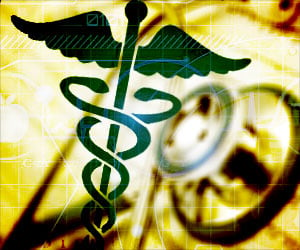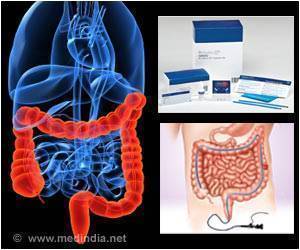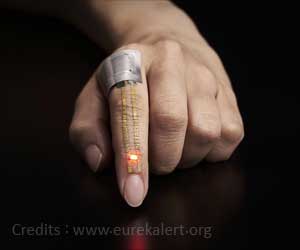Three out of 20 flexible gastrointestinal (GI) endoscopes used for screening were found to harbor unacceptable levels of bio dirt – cells and matter from a patient's body that could pose potential infection risk.

In an abstract to be presented at the 40th Annual Conference of the Association for Professionals in Infection Control and Epidemiology (APIC), researchers in the 3M Infection Prevention Division analyzed 275 flexible duodenoscopes, gastroscopes, and colonoscopes and found that 30 percent, 24 percent, and 3 percent respectively did not pass a cleanliness rating.
"Three out of 20 is an unexpectedly high number of endoscopes failing a cleanliness criterion," said Marco Bommarito, PhD, lead investigator and lead research specialist, 3M Infection Prevention Division. "Clearly, we'd like no endoscopes to fail a cleanliness rating."
In the last several years there have been reports of improperly cleaned endoscopes at healthcare facilities across the country, including the Veterans Administration, in which thousands of patients required testing for HIV, as well as hepatitis B and C. According to the Centers for Disease Control and Prevention, who published guidelines for reprocessing endoscopes in 2008, more healthcare-associated outbreaks have been linked to contaminated endoscopes than to any other medical device.1 In addition, cross-contamination from flexible endoscopes has been identified by the ECRI Institute, an independent organization that researches patient safety and quality, as a leading health hazard.2
Annually between 15 and 20 million endoscopy procedures are conducted with reusable endoscope devices to screen various components of a patient's GI tract. These devices allow healthcare providers to investigate the surface of this organ and identify issues such as polyps or colon cancer. Duodenoscopes, gastroscopes, and colonoscopes examine the duodenum – or the first section of the small intestine, the stomach, and the colon, respectively.
After an endoscope is used for a procedure it is sent for cleaning before being reused with another patient. This reprocessing involves two steps: first, manual cleaning with an enzymatic cleaner and flushing by a hospital technician and second, soaking the device in a high-level disinfectant. The first step is vital to ensure that the disinfection process is effective. After manual cleaning is completed, the technician visually inspects the instrument to ensure cleanliness. However, this study has found that contamination can remain on the device and may be invisible to the naked eye.
Advertisement
"The cleaning protocols for flexible endoscopes need improvement, such as guidelines tailored to the type of scope or identifying if there is a critical step missing in the manual cleaning process, and documented quality control measures" said Dr. Bommarito. "These types of improvements could have a positive impact on patient safety."
Advertisement









